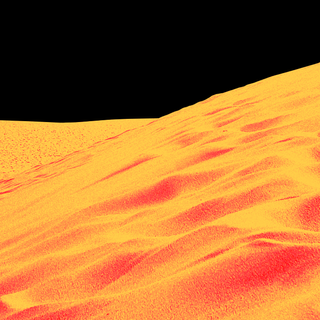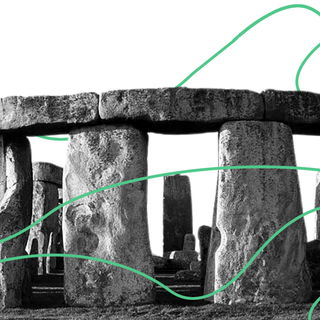For the first time in history, a rocketship may have crashed into the far side of the Moon’s surface. It is a particularly concerning event to track — rocket parts are abandoned in space after rocket launches all the time.
Astronomer Bill Gray was the first to make the prediction; noting that the 4-10 ton object may have made a crater 10 or 20 meters across the surface, according to AFP. Gray tracks human-made debris in space so that other scientists don’t confuse their impacts with those of asteroids or other planetary bodies.
Although the impact on the Moon is estimated to be minor, the issue of hurtling space debris has remained a point of concern for a while. “It’s the mess we’ve created. Objects that we think are safe can actually return to Earth unexpectedly,” told Hugh Lewis, from the University of Southampton, to BBC News.
The collision, however, also presents an opportunity to study crater formation on the Moon — its Swiss cheese-like appearance is the hallmark of several collisions over the course of billions of years.
This particular event, however, will mark the first time that scientists study crater formation in real-time by studying the impact of the specific object. In other words, the rocket’s collision provides a peek into what happens during similar impacts — with scientists not having witnessed asteroid or other collisions with the Moon before.
Related on The Swaddle:
‘Space Is Not a Trash Can,’ Says Scientist About Worsening Debris Problem
This is significant, because it could unveil secrets about the Moon that are otherwise difficult to access. In 2009, for instance, scientists intentionally crashed the Lunar Crater Observation and Sensing Satellite (LCOSS) into the Moon’s south pole to see what happens. The result was that the dust plume generated by the crash contained water ice — lending weight to the theory that comets have been bringing water and other organic compounds to the Moon for a long time now.
“The accidental experiment of the upcoming crash will give planetary scientists the chance to observe a very similar crater in the light of day,” writes Paul Hayne, Assistant Professor of Astrophysical and Planetary Sciences, University of Colorado Boulder, who was part of the 2009 intentional crash.
For now, the origins of the rocket are unknown. Speculation has abounded that it belonged to a SpaceX satellite, or that it is part of a Chinese lunar mission. But this bit of information will probably never be known, since there are no dedicated programs for tracking the trajectory of space junk.




